Before we investigate game design elements, it would first make sense to know what a 'game' is.
Chris Crawford, the founder of the Game Developers Conference and who previously led Game Research at Atari, has written several books on interactive and game design. In his book, Chris Crawford on Game Design, he presents a hierarchy that describes games as a form of creative expression for interactive entertainment, that includes challenges and conflicts where participants can interact with each other and affect each other’s performance.
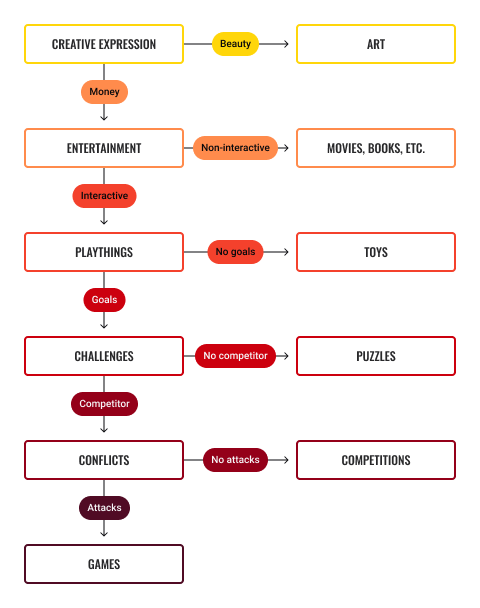
Conflict does not have to be between two players. In a card game like Solitaire, the player competes against the rules of the game. Video games often have enemies controlled by the computer to compete against.
Whether you are designing a dice, card or video game, an understanding of game design elements will help you create a game that players will enjoy and want to continue to play.
Watch the following video. Are these tips new or familiar to you?
Space
Space is the environment or location in which your game’s story will take place. Space will help players understand the story by offering clues in the art style with colour, texture and lighting. 'Space' may also involve sound and the presentation of components--where environment elements like buildings, trees, doors and items that can be interacted with (i.e. objects that can be picked up or collected) are placed.
Space helps define the types of interactions that will be possible in the game world.
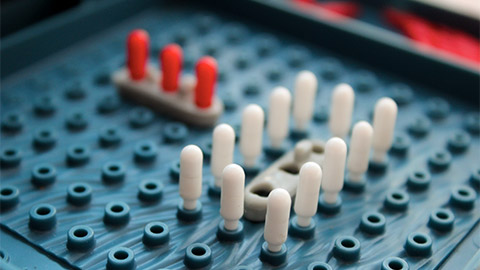
The space for a game like Battleship (above), when played on paper, takes place in a 2-dimensional grid where each cell has an alphanumeric coordinate. The space implies that we will be able to select coordinates.

Playing Battleship online has the same rules and mechanics; however, the game space is more engaging with colour imagery and sound.
Components
'Components' are objects and items that exist in the game world. The player, pick-up items (like cards, weapons or power-ups, obstacles) and enemies are examples of components. Anything that the player might interact with can be considered a component.
Can you identify the components in the board game, Monopoly? Consider:
- each player is represented on the board using one of the 12 game tokens
- there are 16 Chance and Community Chest cards that can be drawn
- each property on the board has a Title Deed card that can be purchased and traded
- there are 32 houses and 12 hotels that can also be purchased and placed on properties.
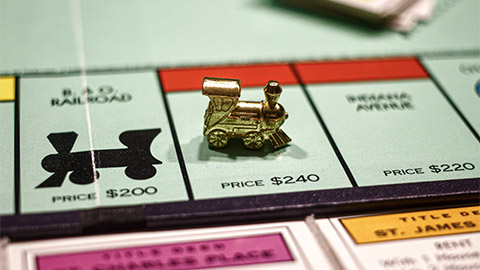
What do you think the components would be for a video game like Super Mario? What elements does the player interact with?
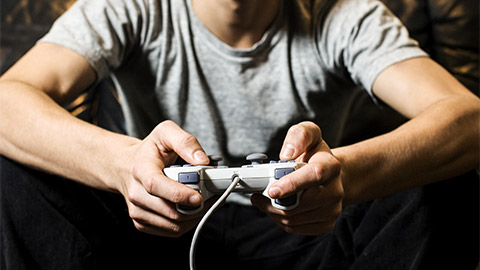
Mechanics
'Mechanics' are the actions and movements a player does in the game to achieve their goals. Running, jumping and shooting are examples of mechanics of a typical platforming video game.
Picking up cards after a turn is a mechanic often used in card games.
Games with interesting mechanics are often more engaging and quickly become popular.
The video game Braid is a puzzle-platformer original released in 2008. Braid’s platforming mechanics are simple and familiar with running left and right, jumping and interacting with switches. Where Braid gets interesting is in the characters' ability to rewind time to reverse or avoid death. As the game progresses, new time-manipulating mechanics are introduced and puzzle complexity increases.
Watch the following video for an insight into the world of Braid.
Goals
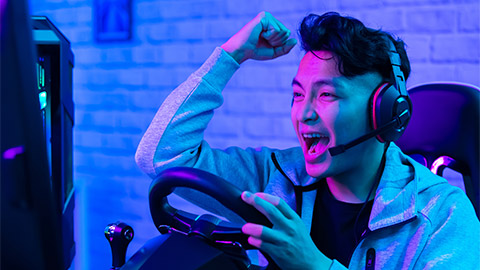
These are what the player is trying to achieve or obtain while playing the game--score points, rescue the princess, win the race.
Like many platformers of its era, in the game Wonder Boy from 1986, the goal is to rescue the character’s girlfriend by navigating a series of levels, platforms and enemies from left to right while collecting fruit to prevent the 'health meter' from running out.
The game Flappy Bird, released in 2013, had an amazingly simple goal: to fly through as many gaps as possible. The combination of this simple goal and basic 'flap' mechanic made the game a hit on mobile devices in 2014.
Rules
Rules help players understand how to play the game. They also shape the experience players will have by defining what is and isn’t possible.
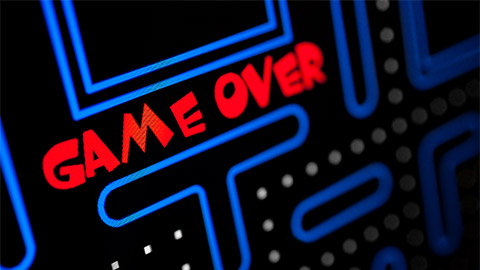
The rules for Pac-man are simple: eat all the dots, do not touch the ghosts.
Whereas, Monopoly has quite a few rules that govern how each player’s turn works and what they can do. However, sometimes changing a rule can make a game move along a bit quicker or make it more fun. A popular rule change in Monopoly is putting money collected as fines in the centre of the board and giving it to a player who lands on Free parking.
What are the rules for tic-tac-toe or noughts and crosses?
Can you think of any rules you could change in a game to make it better?
